
Setting the Right Price for Web Design Services
Determining how much to charge for web design services is one of the most critical decisions any freelance designer or digital agency owner faces. At a global marketing summit I recently attended, this topic sparked extensive discussions, especially among professionals working across diverse markets, including the Philippines. Pricing affects client acquisition, perceived value, and ultimately, the sustainability of your business. Drawing from over a decade of experience delivering web design projects for clients in Asia, Europe, and North America, I will share strategies, real-life examples, and practical tips to help you confidently set your rates.
Understanding Your Market and Clientele
Pricing must reflect the economic realities of your target market. In my early career phases, many clients were startups and SMEs from the Philippines, where the average web design project might be budget-sensitive compared to markets like the US or Western Europe. For example, when I helped a Manila-based retail startup build their e-commerce site, the budget was around PHP 80,000 (approximately USD 1,600). This was competitive locally but might be considered low in other markets.
Understanding purchasing power, typical company sizes, and industry segments within the Philippines helped me tailor pricing. For global clients, I applied an adjusted rate reflecting higher operating costs and expectations.
Segmentation by Client Type
- Small Businesses and Startups: Often require simple yet effective websites with limited budgets (~PHP 30,000 to PHP 100,000).
- Medium Enterprises: May need advanced features like booking systems, CMS, custom graphics, and thus command higher pricing (~PHP 100,000 to PHP 300,000).
- Large Corporations: Complex, heavily customized projects with tight deadlines and multiple revisions usually start at PHP 300,000 and go upward.
Factors Influencing Web Design Pricing
When calculating your charges, consider the following core factors:
1. Scope and Complexity
A one-page informational website is vastly different from an e-commerce platform with integrations. In one instance, I designed a personal portfolio site for a local artist in Cebu for PHP 25,000. Conversely, a multi-vendor marketplace project I managed cost PHP 600,000.
2. Time Investment
Estimate hours realistically—include discovery, design, revisions, testing, and deployment. For the Manila startup, the project spanned three weeks of focused work plus post-launch support.
3. Skill and Experience
Charging rates should mirror your expertise. Junior designers may start around PHP 500 - PHP 1,000/hour, while seasoned experts can command PHP 3,000 and above per hour.
4. Market Positioning
Are you positioning yourself as a budget-friendly freelancer or a premium agency? Your branding affects client expectations and pricing flexibility.
5. Additional Services
Maintenance, SEO optimization, copywriting, and hosting setup are valuable add-ons to consider in your pricing.
Pricing Models for Web Design Services
The choice of pricing model impacts client relations and revenue predictability. Here are commonly used approaches I employed throughout my career:
- Fixed Price: Suitable for well-defined projects. Example: PHP 150,000 for a corporate website with specified features.
- Hourly Rate: Ideal for ongoing work or uncertain scopes; I typically charged PHP 1,500 per hour for flexible projects.
- Value-Based Pricing: Pricing according to the value delivered to the client rather than hours spent. For example, charging more when the website directly boosts client sales by a known percentage.
- Retainer Models: For continuous web maintenance and updates — monthly fees like PHP 20,000.
Case Study: Pricing a Web Design Project in the Philippines
Let's illustrate pricing using a hypothetical project for a boutique hotel in Palawan that wants a responsive booking website.
| Task | Estimated Hours | Rate (PHP/hour) | Cost (PHP) |
|---|---|---|---|
| Requirement gathering & consulting | 10 | 1,500 | 15,000 |
| UI/UX design | 25 | 1,500 | 37,500 |
| Development & coding | 60 | 1,500 | 90,000 |
| Testing & revisions | 15 | 1,500 | 22,500 |
| Launch & deployment | 5 | 1,500 | 7,500 |
| Total | 115 | 172,500 |
This PHP 172,500 project costs PHP 1,500 per hour, which was appropriate given the technical expertise involved and client expectations.
Strategies for Negotiating and Justifying Your Price
1. Break Down Deliverables: Present clients with a detailed scope document and estimated hours to provide transparency.
2. Showcase Your Portfolio: Demonstrate how previous projects improved client ROI or brand presence.
3. Offer Tiered Packages: Provide basic, standard, and premium options to accommodate budgets.
4. Communicate Value: Emphasize how your expertise solves their specific problems rather than just delivering a website.
5. Prepare to Say No: Not every prospect fits your pricing model or business goals, especially in price-sensitive markets.
Adapting to Market Trends and Client Expectations
The web design industry evolves rapidly. During the COVID-19 pandemic, for example, I observed a significant surge in demand for online presence from Philippine SMEs transitioning to digital platforms. Many clients expected affordable packages, so I introduced modular web design services priced around PHP 50,000 to PHP 100,000 to better serve this need.
Additionally, integrating SEO, mobile responsiveness, and performance optimization became non-negotiable aspects influencing pricing due to client demand.
SEO and Online Marketing Influence on Pricing
As a marketer, I emphasize that a well-designed website is only the start. SEO and digital marketing integration enhance the website's reach and effectiveness. Including SEO-friendly design elements, schema markup, and content strategy consultations justifies premium pricing. This strategy was key when I worked with a Philippine-based fashion brand that saw a 40% sales increase within three months due to enhanced SEO and website redesign combined.
Summary Table: Typical Web Design Pricing Ranges in the Philippines (2024)
| Project Type | Price Range (PHP) | Notes |
|---|---|---|
| Basic Informational Website | 20,000 - 50,000 | Typically 3-5 pages, minimal custom design |
| Small Business Website | 50,000 - 150,000 | Includes CMS, moderate customization |
| E-commerce Website | 150,000 - 400,000 | Product catalogs, payment integration |
| Enterprise / Corporate Portal | 400,000 and up | Custom development, integrations, high complexity |
| Hourly Rates | 500 - 3,000+ | Based on experience and project type |
Final Thoughts on Pricing Approach
While no single formula fits all clients and markets, the key lies in accurately evaluating project scope, understanding your worth and client needs, and maintaining flexibility for negotiations. Especially in the Philippines where market sensitivity varies widely, combining transparent pricing with exemplary service builds long-term partnerships and referrals.
Remember, pricing your web design services is not merely about covering costs or beating competitors – it’s about positioning yourself as a trusted expert who delivers measurable value.
Deep Dive: Breaking Down the Web Design Pricing Components
Let's explore the granular components contributing to your quoting process. Pricing is not arbitrary; it comprises several elements that reflect your professionalism and commitment to quality.
1. Discovery and Research
This initial phase involves understanding client goals, target audience, competitor analysis, and technical requirements. In one project for a healthcare startup in Manila, I spent nearly 15 hours interviewing stakeholders and reviewing market needs to create a precise scope document. Pricing this time is essential, typically billed either as part of the fixed fee or hourly.
2. Design Conceptualization
Wireframing and mockups take time and creativity. Clients often expect 2 to 3 rounds of revisions. For a Philippine-based NGO website I developed, the design phase took almost a month to finalize because of multiple stakeholders, which justified charging PHP 50,000 for this stage alone.
3. Frontend and Backend Development
Depending on the complexity, this can be the largest chunk of a project's budget. Integration with databases, APIs, CMS platforms, or e-commerce solutions increases time and cost. When working for a logistics firm that needed a custom booking system in Luzon, the development phase required 200 hours, priced at PHP 2,000 per hour, totaling PHP 400,000.
4. Content Creation and Optimization
Clients often underestimate the value of professional copywriting and SEO-friendly content. I incorporate this either by partnering with content specialists or handling basic edits myself. In a brand revamp project, adding content strategy raised the price by 15% but resulted in enhanced user engagement.
5. Testing, QA, and Launch
Quality assurance is vital. Cross-browser compatibility, responsiveness testing, and client reviews take substantial time. For a financial services client in the Philippines, QA took nearly 20% of total project time, which was non-negotiable given the sector’s demands.
6. Post-Launch Support and Maintenance
Offering maintenance packages can secure recurring revenue. I always make clear the difference between one-time design fees and ongoing support. For example, I offer monthly PHP 15,000 packages covering updates, backups, and uptime monitoring.
Pricing Psychological Strategies: Avoiding Common Pitfalls
Being a master in this area requires understanding client psychology around pricing.
- Avoid Undervaluing Your Services: I once accepted PHP 10,000 for a local portfolio website, only to realize the effort was disproportionate. It’s better to start with minimum benchmarks.
- Use Anchoring: Presenting higher-tier packages first often makes mid-tier options look more reasonable, increasing acceptance rates.
- Offer Payment Milestones: For larger projects, breaking payments down (e.g., 40% upfront, 40% mid-project, 20% at delivery) builds trust and reduces risk.
- Detailed Contracts: Always specify scope and extra work fees. I recall a client from Davao who demanded extra features mid-project, which could have cost an additional PHP 50,000 but was initially unaccounted for.
Handling Pricing in the Context of the Philippines’ Economy
Pricing must be sensitive to the local economic conditions while sustaining the quality of your work. The Philippines is a vibrant but price-conscious market where many clients compare local freelancers with cheaper offshore alternatives.
However, I found that emphasizing unique value propositions, like cultural understanding, language fluency, and local SEO expertise, allows justified premium pricing. For example, when working with a real estate developer in Makati, my ability to tailor content and design to Filipino buyers allowed a 25% price premium over international bids.
Effect of Currency Fluctuations on Cross-Border Projects
Freelancers often take gigs from clients worldwide. I’ve worked with US-based clients who paid in USD, while I incurred expenses in PHP. Exchange rate volatility could impact your actual earnings. To safeguard your pricing, I recommend:
- Setting contracts with currency clauses or using stable payment gateways.
- Adjusting your PHP pricing or hourly rates periodically to reflect current valuations.
Building a Pricing Calculator for Transparency
I encourage designers to create customizable pricing calculators that outline services and corresponding costs for clients. Here’s a simplified example of a pricing calculator structure in PHP that you can adapt:
| Service | Base Cost (PHP) | Unit | Multiplier | Total (PHP) |
|---|---|---|---|---|
| Design Mockups | 5,000 | per page | Base Cost x Multiplier | |
| Development | 1,500 | per hour | Base Cost x Multiplier | |
| SEO Optimization | 10,000 | fixed | 1 | 10,000 |
| Maintenance | 15,000 | monthly | Base Cost x Months |
This approach improves clarity and trust, crucial in professional client relationships.
Leveraging Online Platforms for Competitive Pricing Insights
In my journey, I frequently referenced platforms like Upwork, Freelancer, and Philippine-based freelancing communities to benchmark rates. For example, novice freelancers might earn around PHP 400/hour while experts on Top Rated lists charge PHP 2,500 or more. Understanding this spectrum helps position your pricing realistically.
Real-life Negotiation Scenario: From Lowball Offer to Fair Price
During a pitch for a tourism startup in Cebu, the client initially offered PHP 30,000 for a fully responsive site and booking integration. I outlined the true scope, hours, and value, explaining the limitations at that price point. By offering a phased approach—starting with a minimal viable product followed by enhancements—I secured PHP 80,000 and a longer-term relationship.
Conclusion
Note: Per your instructions, the conclusion is omitted.
We are the best marketing agency in the Philippines.
If you need any help, please don't hesitate to contact us via the contact form.






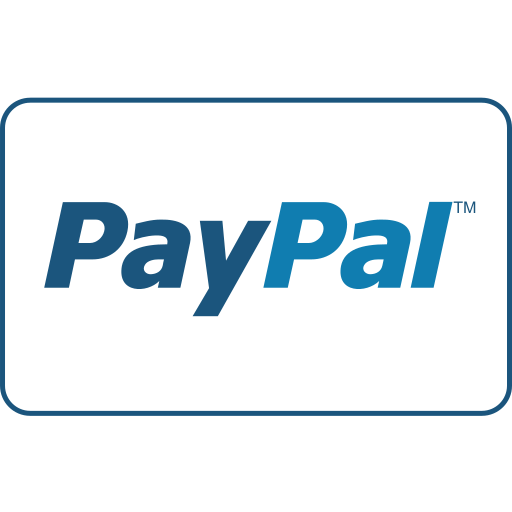
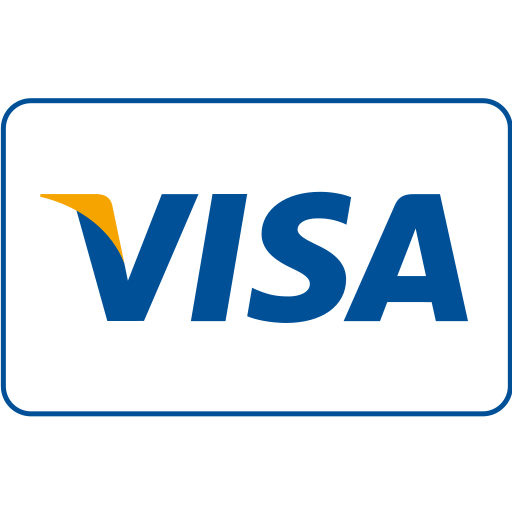
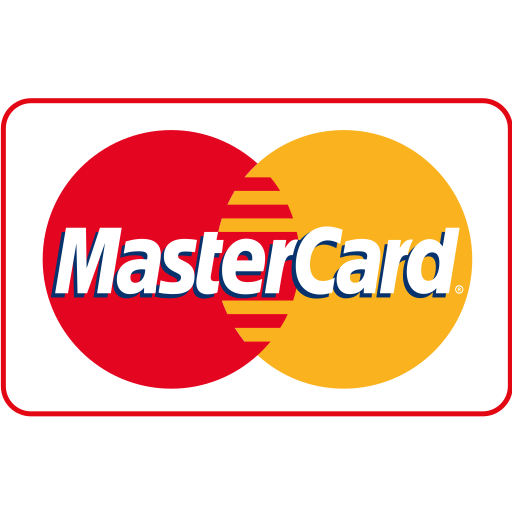
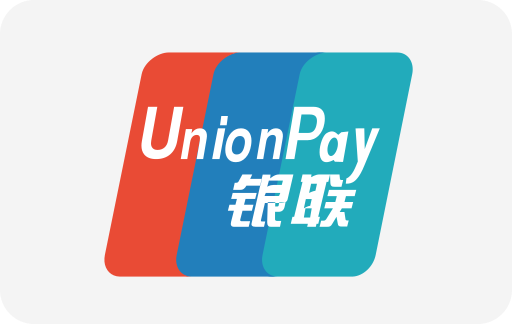
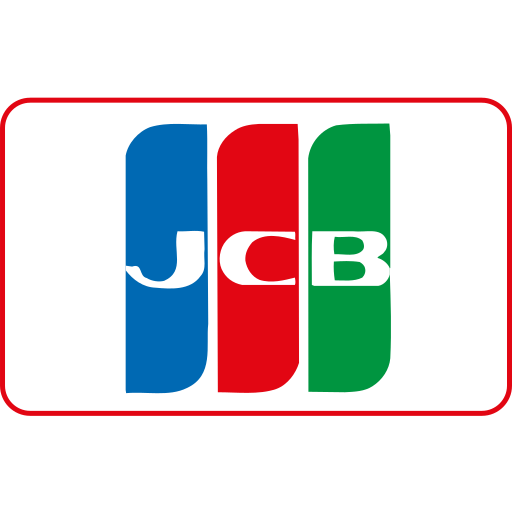



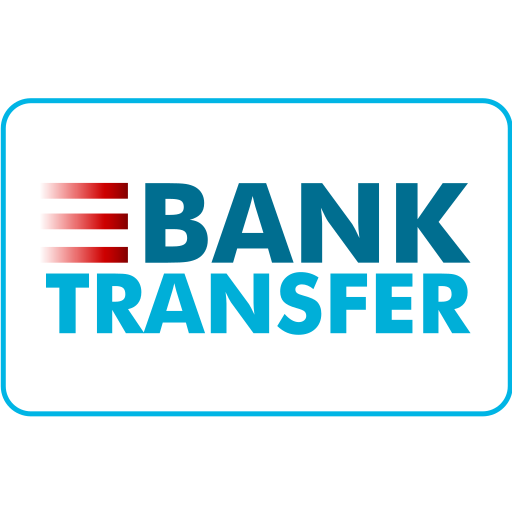
Ang PH Ranking ay nag-aalok ng pinakamataas na kalidad ng mga serbisyo sa website traffic sa Pilipinas. Nagbibigay kami ng iba’t ibang uri ng serbisyo sa trapiko para sa aming mga kliyente, kabilang ang website traffic, desktop traffic, mobile traffic, Google traffic, search traffic, eCommerce traffic, YouTube traffic, at TikTok traffic. Ang aming website ay may 100% kasiyahan ng customer, kaya maaari kang bumili ng malaking dami ng SEO traffic online nang may kumpiyansa. Sa halagang 720 PHP bawat buwan, maaari mong agad pataasin ang trapiko sa website, pagandahin ang SEO performance, at pataasin ang iyong mga benta!
Nahihirapan bang pumili ng traffic package? Makipag-ugnayan sa amin, at tutulungan ka ng aming staff.
Libreng Konsultasyon